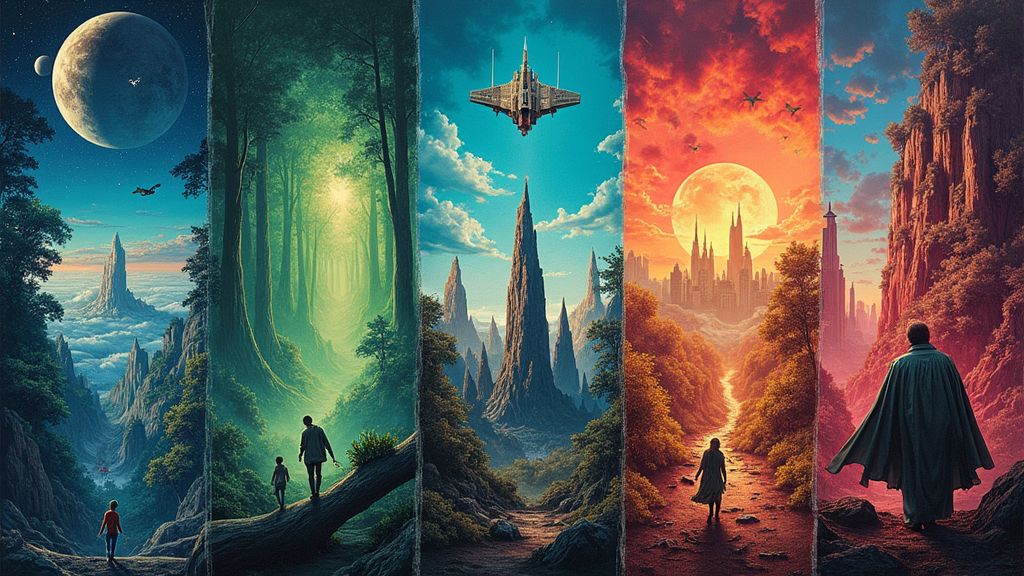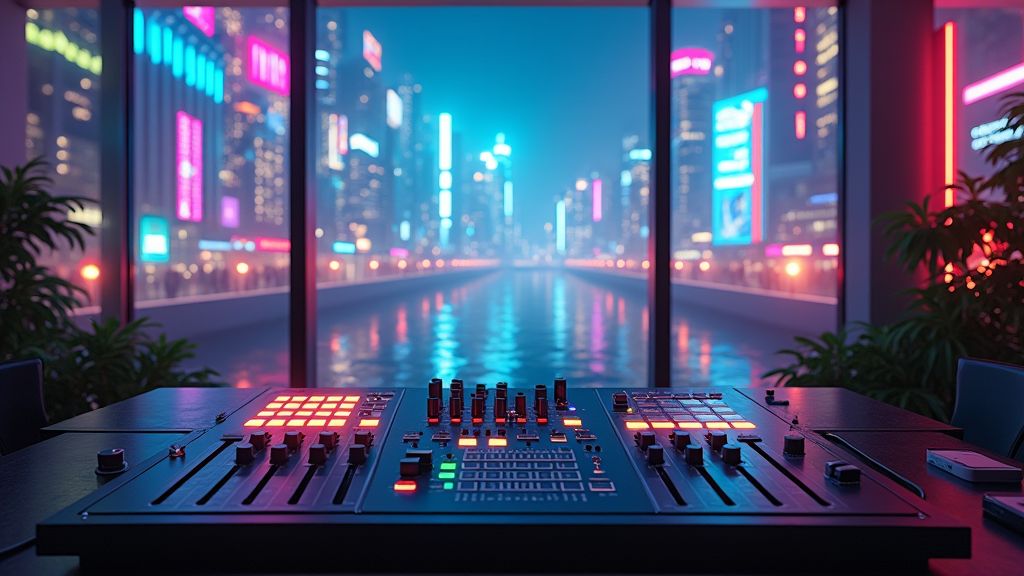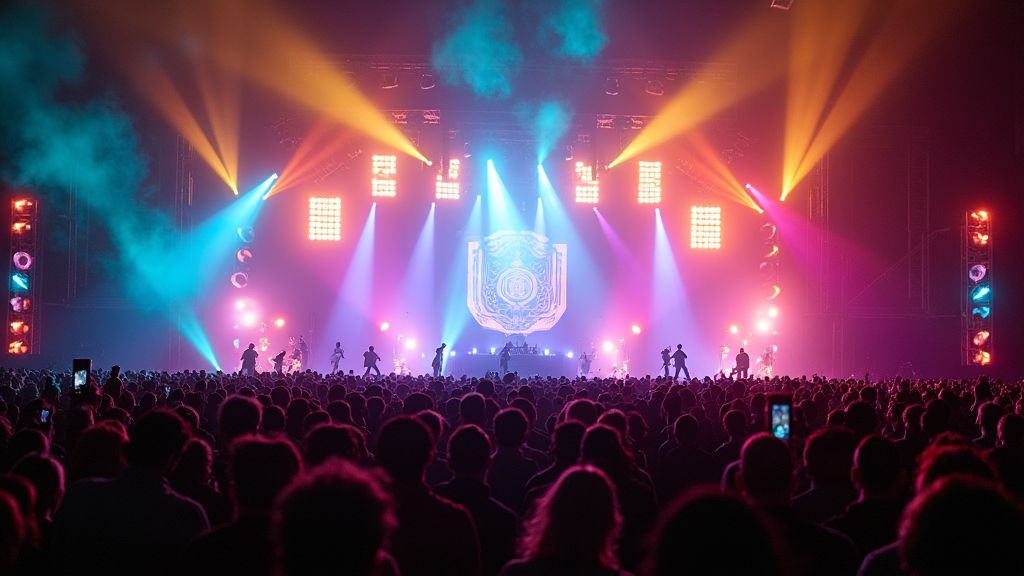The Role of Cinematic Lighting in Setting Mood
Lights, camera, action! Cinematic lighting plays a crucial role in creating the mood and atmosphere of a film. From horror movies with eerie shadows to romantic comedies with soft, warm lighting, the way a scene is lit can evoke a wide range of emotions in the audience. In this article, we will explore the impact of cinematic lighting on setting mood and how filmmakers use it to enhance storytelling.
Understanding Cinematic Lighting
Cinematic lighting is the art of using light to create a specific mood or atmosphere in a film. By manipulating the intensity, color, direction, and quality of light, cinematographers can control how the audience perceives a scene. For example, harsh, bright lighting may convey feelings of tension or unease, while soft, diffused light can create a sense of intimacy and romance.
The Evolution of Cinematic Lighting
The use of lighting in film has evolved significantly over the years. In the early days of cinema, filmmakers relied on natural sunlight or crude artificial lighting to illuminate their scenes. As technology advanced, the use of artificial lighting became more sophisticated, allowing for greater control and creativity in shaping the mood of a film. Today, cinematographers have access to a wide range of lighting tools and techniques to achieve their desired effects.
Famous Examples of Cinematic Lighting
One iconic example of the use of cinematic lighting is in the film ‘Blade Runner’ directed by Ridley Scott. The futuristic, dystopian world of the film is brought to life through the use of neon lights and shadows, creating a dark, moody atmosphere. Another notable example is the film ‘Amélie’ directed by Jean-Pierre Jeunet, which uses vibrant, colorful lighting to evoke a whimsical and magical tone.
The Significance of Cinematic Lighting
Cinematic lighting is not just about making a scene look pretty; it is a powerful storytelling tool that can enhance the emotional impact of a film. Whether it’s using high-key lighting to create a sense of joy and celebration or low-key lighting to build suspense and mystery, the way a scene is lit can make a profound difference in how it is perceived by the audience.













